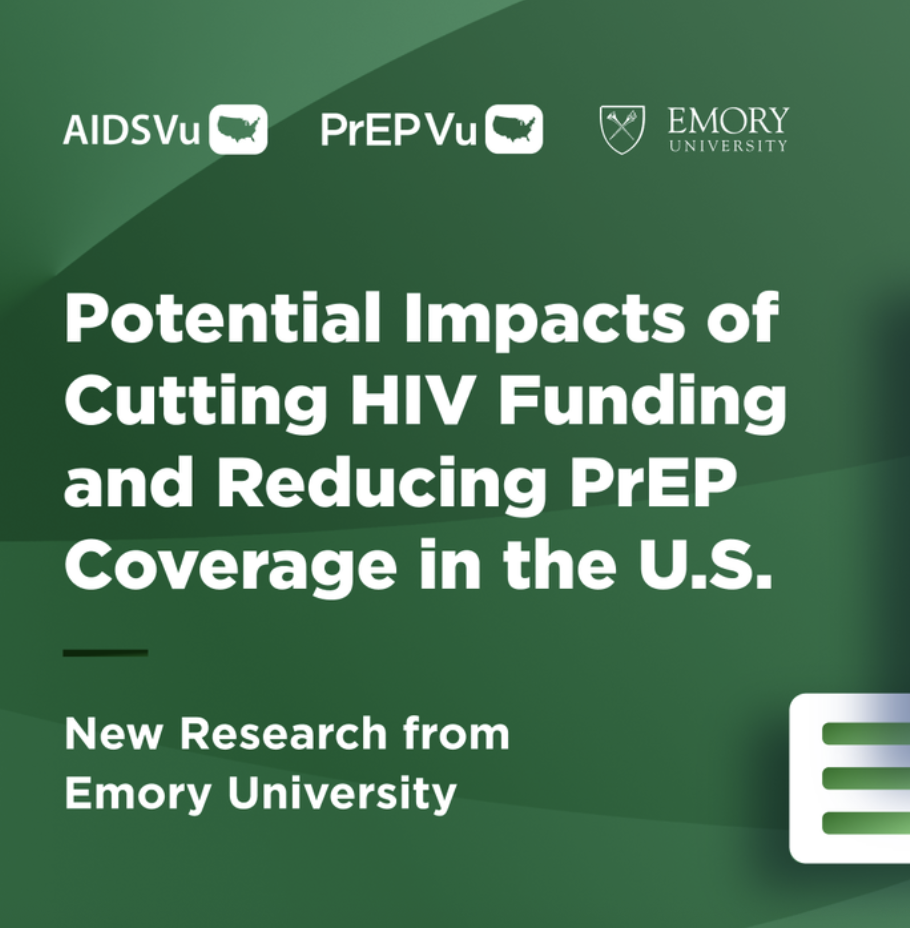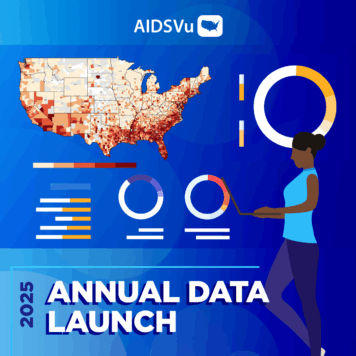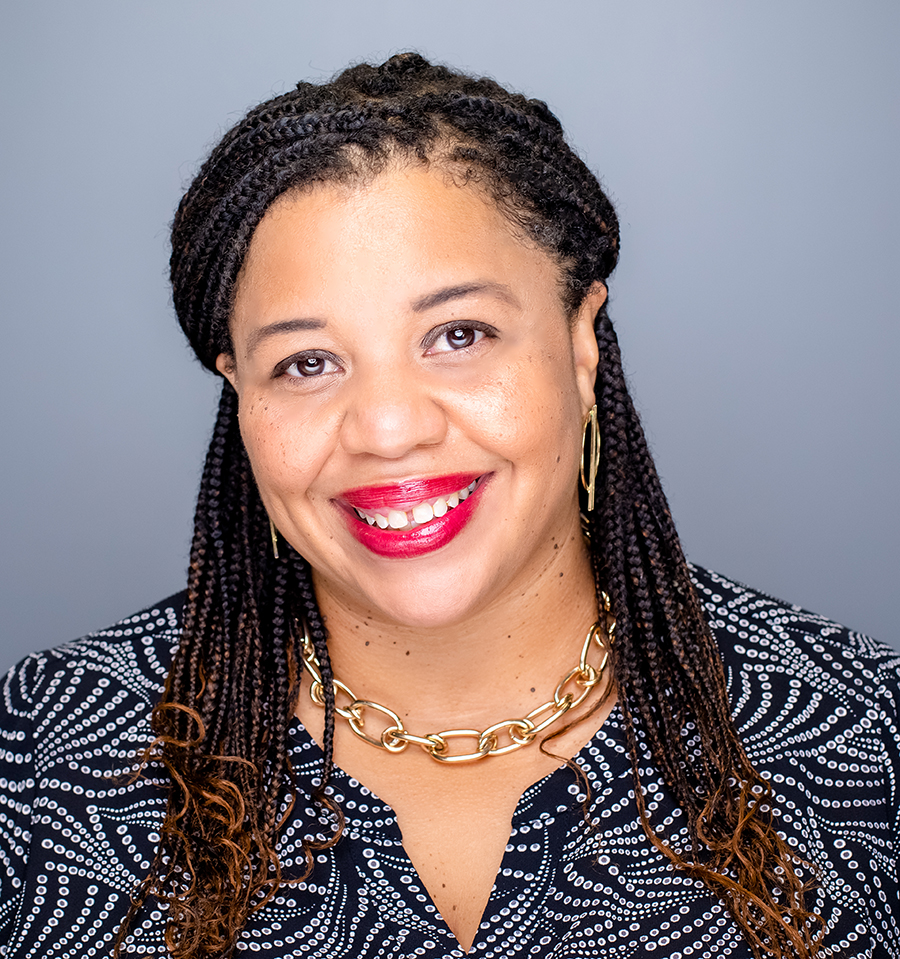By: Phill Wilson
Today we welcome Phill Wilson, Founder and CEO of the Black AIDS Institute and AIDSVu Advisory Committee Member, to share his insights on National Black HIV/AIDS Awareness Day.
On February 7, we recognize National Black HIV/AIDS Awareness Day (NBHAAD), a day dedicated to uniting and mobilizing communities to increase awareness of HIV/AIDS prevention, care and treatment among Blacks in the United States and across the Diaspora. In 1999, the first year this day was observed, HIV/AIDS was the leading cause of death among Black men ages 25 to 44. It was also the year that I founded the Black AIDS Institute, the only national HIV/AIDS think tank focused exclusively on Black people. Since then, countless individuals have invested their time, resources and passion to addressing the critical challenge of HIV/AIDS in Black communities. While we have made incredible strides, Black Americans continue to bear the greatest HIV/AIDS burden in the U.S. While we represent only 12% of the U.S. population, 44% (19,540) of new HIV diagnoses in the United States were among Black Americans in 2014. And, nearly two-thirds of those newly diagnosed live in the southeastern United States.
I sometimes get criticized for saying AIDS in America is a Black disease. I know Black people are not the only people living with or at risk for HIV infection, but the numbers paint a clear picture. If current trends continue, 1 in 48 Black women and 1 in 20 Black men will be diagnosed with HIV in their lifetime. To put that in perspective, Black men are 6 times more likely to contract HIV than white men, and Black women are nearly 20 times more likely to contract HIV than white women. Black men who have sex with men (MSM) face the highest risk with a 1 in 2 chance of being diagnosed with HIV in their lifetime. The progress we have made has been hard won, but race still matters.
Essential to ending this epidemic is education, awareness, and ACTION. Grassroots, community-driven efforts are key to making meaningful progress. Join me today and beyond by doing the following:
• EDUCATE FAMILY AND FRIENDS: Share AIDSVu’s NBHAAD infographic, which highlights the disproportionate impact of HIV/AIDS on Black Americans. Participate in one of the Black AIDS Institute’s monthly webinars. This month we are focusing on “Race, Class, and Privilege”.
• GET TESTED: An estimated 14% of Black Americans living with HIV do not know they are infected. The only way to know if you have HIV is to get tested. Visit AIDSVu.org/testing to find a testing site near you.
• LEARN MORE ABOUT HIV WHERE YOU LIVE: Visit AIDSVu.org to explore interactive maps that visualize the epidemic’s impact on Black communities at the state, county, and ZIP code levels.
• GET INVOLVED: The Black AIDS Institute has Black Treatment Advocates Networks (BTAN) in 15 cities. Go to www.blackaids.org to find the chapter nearest you.
While there are many challenges, we can still end the AIDS epidemic. If we focus, stay prepared, and never give up, we can do it.





